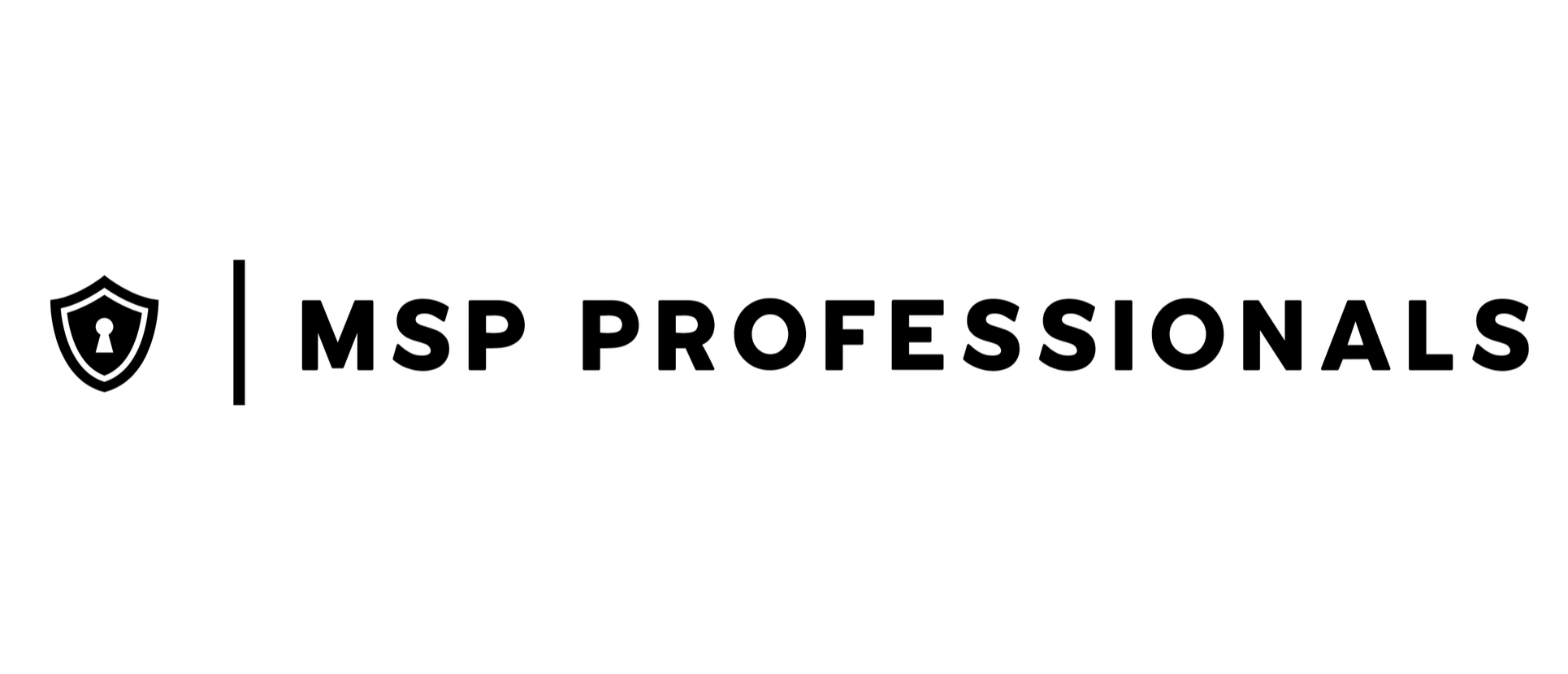In an age where cyber threats loom at every digital corner, businesses are faced with a critical decision – whether to adopt managed services to bolster their cyber defense or rely on in-house vigilance. This choice holds immense significance, especially in a landscape where 63% of businesses have suffered data breaches due to remote work vulnerabilities. As organizations navigate this decision, reviewing and understanding the best approach suited to their unique needs is crucial.
However, understanding does not insulate from risk. Office workers increasingly use their work devices for personal tasks, with 70% acknowledging this practice. The lines between professional and private life blur within our hybrid workforce, introducing complexities for cybersecurity best practices.
The Remote Worker Cybersecurity Challenge
Adopting remote work setups has significantly expanded the attack surface for malicious actors. Remote workers often connect to corporate networks via less secure home internet systems or public Wi-Fi, increasing vulnerability. Additionally, this group tends to utilize personal devices more frequently for accessing company data, which can compromise cybersecurity protocols.
Notwithstanding its flexibility and productivity benefits, the issue persists that remote work introduces numerous potential entry points for cyberattacks. With so many employees operating outside the traditional security parameters of physical office space, businesses must choose between enhancing their in-house capabilities or outsourcing cybersecurity efforts to specialized managed services providers (MSPs).
Cybersecurity Best Practices Implementation
For many firms, establishing comprehensive cybersecurity best practices is a daunting task. It entails staying up-to-date with the latest security technologies, maintaining rigorous monitoring systems, and constantly educating staff about potential risks - all resource-intensive endeavors.
An MSP can offer expert knowledge and dedicated resources to implement these best practices seamlessly across an entire organization. By contrast, in-house teams might struggle to keep up with the rapidly evolving landscape of threats and the sophisticated tactics cybercriminals employ.
Understanding Hybrid Workforce Security Needs
A hybrid workforce - where some employees work remotely while others operate from an office environment – presents unique challenges. Herein lies the need for flexible yet stringent cybersecurity measures that monitor and protect against threats across various environments.
An effective strategy requires detailed knowledge of network infrastructure, endpoint security management, and proactive threat intelligence, where MSPs specialize by nature. Meanwhile, developing such a nuanced understanding internally may stretch an organization's resources thinly.
Evaluating Readiness Levels Against Cyber Threats
Despite awareness of prevalent risks in today's digital ecosystem, as highlighted by Cisco's findings that 85% of companies are unprepared for cyberattacks, readiness often lags. Enlisting an MSP brings the advantage of tested frameworks and swift response capabilities tailored toward specific security requirements.
Considering that readiness incorporates robust defense mechanisms and quick recovery plans post-breach incidences – qualities inherent in seasoned MSPs – organizations must evaluate if their in-house team can genuinely match up without significant investments.
Mitigating Risks Through Managed Cybersecurity Solutions
Managed services offer proactive risk mitigation strategies leveraging collective expertise and sophisticated tools. This systematic approach to identifying vulnerabilities can preemptively thwart attacks before they escalate into full-blown crises.
From regular penetration tests to real-time monitoring and incident response protocols managed by specialized professionals — managed services ensure round-the-clock vigilance that's tough to replicate with an already saddled in-house staff.
The Economic Implications Of Cybersecurity Choices
Beyond protective capabilities lies the economic facet of choosing between managed services and an internal team. The investment required to build and maintain a capable in-house cybersecurity squad could eclipse what would be spent on a managed service subscription—with no certainty of superior protection levels.
On the other hand, MSPs offer predictable monthly costs alongside cutting-edge defense measures—a substantial boon, especially for small to medium-sized enterprises without large-scale budgets reserved for cybersecurity contingencies.
Status Quo Versus Transformation In Cyber Defense
Maintaining the status quo through an in-house team might seem appealing due to perceived direct control; however, embracing transformation via managed services could mean accessing innovative methods unfathomable within commonplace company boundaries.
In essence, aligning with an MSP translates into continuously updated defenses attuned to dynamic cyber threat landscapes, thereby allowing companies to survive and thrive amidst digital adversities.
Securing Your Digital Frontier
In conclusion, when considering cybersecurity measures against present-day threats posed to our intertwined lives at work and home—incredibly remote worker dynamics—the option between bolstered managed solutions or relying solely on internal teams should be approached with meticulous scrutiny. Entrusting your operations' privacy and integrity through preventive mechanisms ensures protection beyond statistical probabilities or industry standards; it signifies commitment towards sustainable business progression unhindered by fear of cyber invasions.
We extend our invitation—pausing at this crossroads of decision—to reach out. Contact us to explore how managed services may streamline your cybersecurity needs while fortifying your digital perimeters far more diligently than could be expected from conventional approaches alone.



